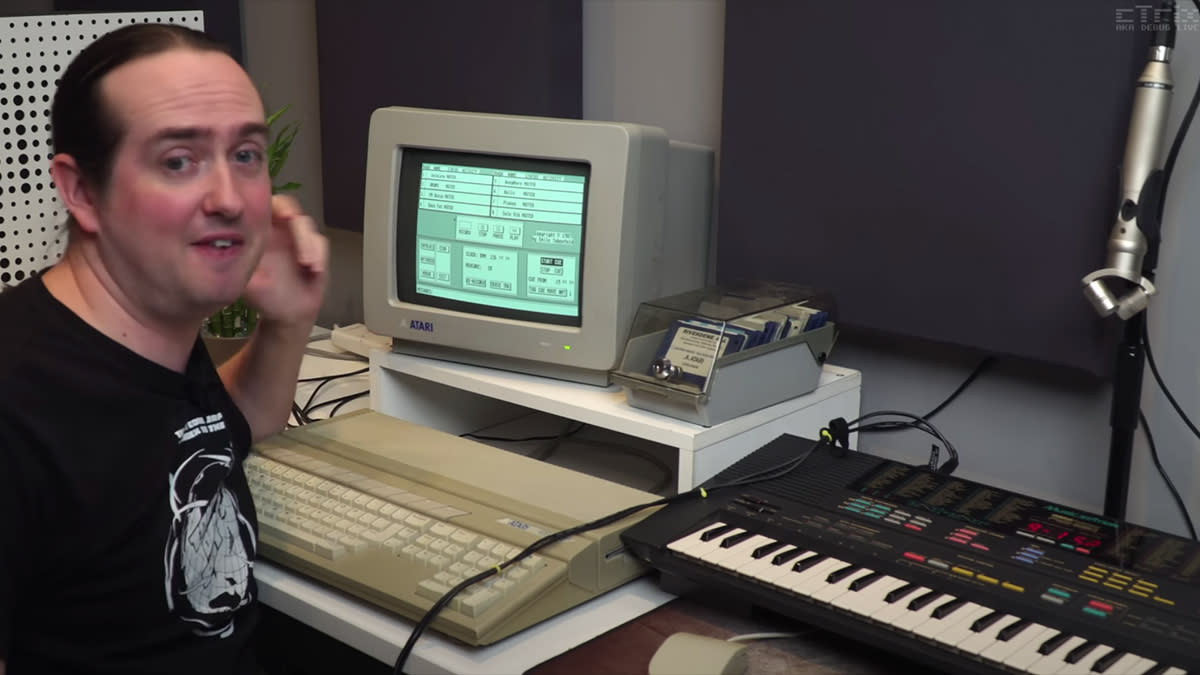Is this the cheapest MIDI home music studio you could buy in 1988?

Thanks to its built-in MIDI ports, the Atari ST was the mid-to-late ‘80s computer that every digital musician wanted to own, and it was still in use in pro studios for many years after that. If you were a bedroom musician, though, there was a problem: at that time, MIDI-equipped synths, drum machines and samplers were obscenely expensive.
If you wanted to make use of those MIDI ports, then - and go beyond making music with the ST’s fairly limited built-in sound chip - your options were limited. What you really needed was an affordable multitimbral synth with its own drum sounds - everything you needed to make a complete track.
In the video above, YouTuber cTrix puts himself in the shoes of a budget-conscious ‘80s musician and sets out to create the cheapest MIDI music studio of 1988. He explains that those who couldn’t stretch to a Korg M1 - most of us, then - were drawn to Yamaha’s PortaSound PSS-580 Music Station, a £200 high-street keyboard that, if you looked beyond its auto-accompaniments and single-finger chord button, featured a programmable and multitimbral FM synth.
Coupled with a copy of Dr T’s MIDI Recording Studio - one of the more basic software sequencers of the time - cTrix uses this to create a surprisingly complex and polished track, and all with a setup that cost just a few hundred pounds to put together.
He goes on to discuss some of the other (relatively) affordable options available to those who were willing to spend a little more on their rig: the likes of Roland’s MT-32 sound module, the Kawai K1 synth and the Yamaha EMT-10.
All of which takes us back to our days in the school music room as we tried to coral something listenable out of an Atari ST hooked up to a Roland D-10. Happy times.

